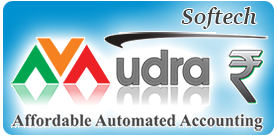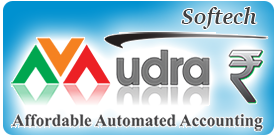What is a trademark and types of trademarks?
A trademark is any graphical representation which has the ability to distinguish your goods and services from that of your competitors’ goods and services. It may range from a wide variety of representations such as a word, logo, symbol, label, image, the combination of colours etc. A trademark helps in defining the origin of the goods or services and also helps in denoting the quality of those goods and services. Thus, by creating goodwill in the minds of the consumers, a trademark can create greater brand recognition and enhance brand value.
Types of trademark
Trademark protection can be offered to a multitude of representations. It is important for a business to find out the perfect way to which they wish to characterize the organization and the goods and services which they offer. As per the trademark law a device, brand, heading, label, ticket, name, signature, word, letter, numeral, a shape of goods, packaging or combination of colours or any such combinations can be registered as a trademark. Often, trademark protection is given to the following kinds of representations.
1. Words :
A word mark consist of one or more words or a combination of words, numbers and letters. A name which may be a personal name or a surname may also be registered as a word mark. Further, any coined word or any arbitrary word without having any meaning may also be registered. A word mark is not characterized by specialized fonts or shapes for which one needs to apply for a device mark or logo.
Example – The name of our firm Djuris is a wordmark
2.Sound Mark :
Even a sound may indicate a connection between the goods or services and enable the consumer to recognize the brand of the product or service. Therefore, a sound may also be registered as a trademark.
Example – The three note yodel used by Yahoo Inc. is a sound mark.
3. Device Marks/ Logo :
Logo or device mark consist of a figure or a figure combined with a word or numeral. Any unique graphical representation may qualify to be a device mark. It may also include a word written in stylized fonts.
Example – Our wordmark Djuris represented in a stylized font is a device mark.
4. Label :
label on a packaged good can be registered as a trademark as it contains many distinct elements which enable the average consumer to identify the product and associate it with a certain quality.
Example – The following label which helps a customer to identify the softdrink ‘PEPSI’ may be registered as a trademark.
5. The combination of colours :
Any combination of colour without any word, numeral or figure may also be registered as a trademark. But it has to be noted that the registration would not be valid if the colours are altered while being represented to end consumers.
Example – The shade of purple (Pantone 2865c) used by Cadbury has been registered as a colour trademark in many countries by the company, though few countries have refused to register it.
6. Collective Marks :
A collective mark is owned by an association and can be used by the members of that association. A collective mark is primarily used to indicate a trade connection with the association.
Example – The logo used by chartered accountants to denote their association to the Institute of Chartered Accountants of India is a collective mark.
7. Certification Marks :
Certification marks are used by standard setting bodies which assure the consumer that the product or service meets a certain standard. The presence of a certification mark indicates that the organization has successfully verified the quality of a product or service and has allowed the use of that mark.
Example – The ISI Mark used by the Bureau of Indian Standards for certifying products to be sold in India is a certification mark.
8. Shape Marks :
Even a distinct shape of a good, which enables the consumer to distinguish it from other goods in the market may be registered as a trademark.
Example – A distinctive torso shaped perfume bottle of the company Gaultier has been registered as trademark in many countries

